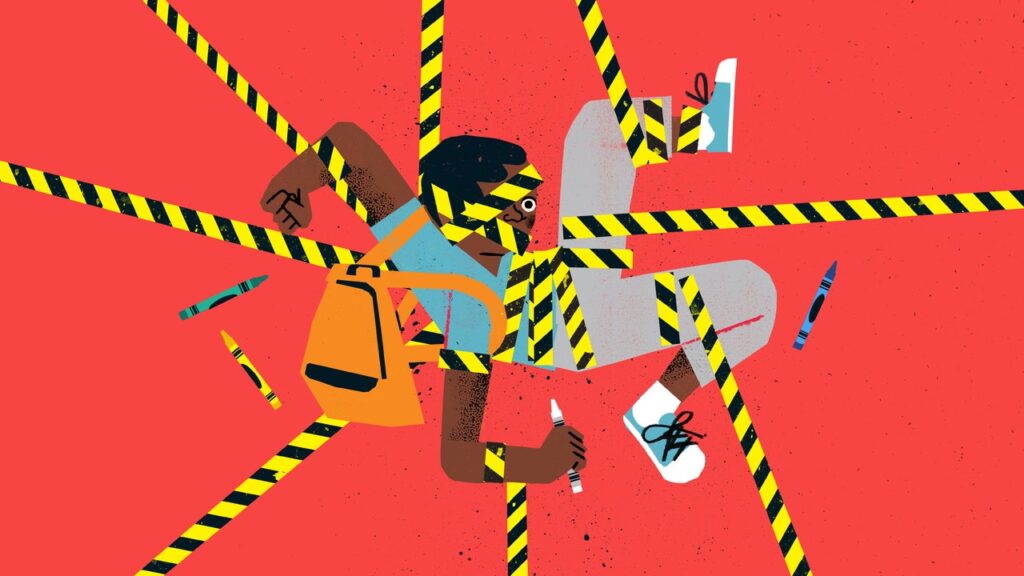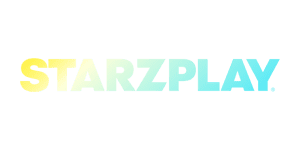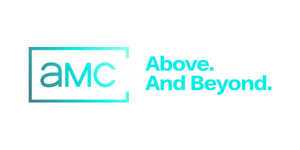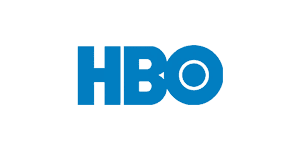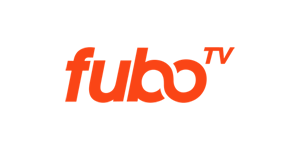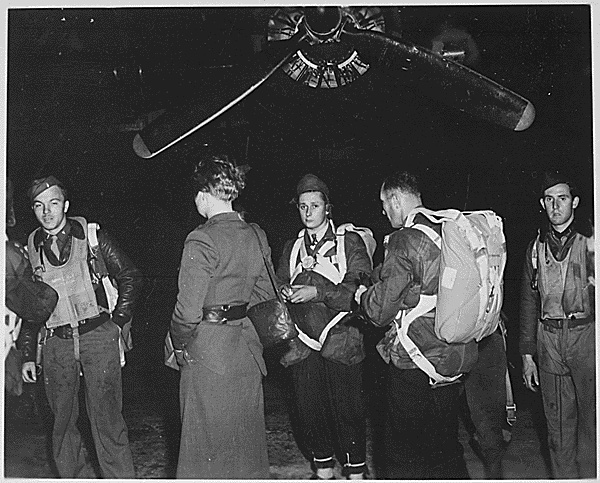On June 26, 2020, three months after the coronavirus pandemic had seized the United States, the American Academy of Pediatrics, which represents about sixty-seven thousand pediatric physicians, issued guidance on reopening schools. “The AAP strongly advocates that all policy considerations for the coming school year should start with a goal of having students physically present in school,” the statement read. The guidelines diverged from the Centers for Disease Control and Prevention’s recommendations for in-person learning—six feet of social distancing, for example, could shrink down to three—and the A.A.P. was frank about the deficiencies and potential harms of remote learning. “Evidence from spring 2020 school closures points to negative impacts on learning,” it stated. “Children and adolescents also have been placed at higher risk of morbidity and mortality from physical or sexual abuse, substance use, anxiety, depression, and suicidal ideation.”
After the statement was released, the New York Times ran an interview with Dr. Sean O’Leary, a pediatrician and one of the co-authors of the A.A.P. guidelines. He stressed that, according to data already in hand from Asia, most children did not seem to get very sick from COVID-19—if at all—or spread the virus to other kids or adults. Child-care centers that were still open during the pandemic did not significantly contribute to community spread, nor did schools in other nations that had resumed in-person classes. O’Leary allowed that there “will be cases of COVID-19 in schools even where they make their best efforts. But we have to balance that with the overall health of children.” The headline of the piece read “Why a Pediatric Group Is Pushing to Reopen Schools This Fall.”
In the days that followed, Alex Azar, the Secretary of the Department of Health and Human Services, and Robert Redfield, the C.D.C. director, both stated that C.D.C. recommendations should not be used as a pretext for keeping schools closed. Vice-President Mike Pence and Betsy Devos, the Secretary of Education, invoked the A.A.P.’s guidance in their endorsements of reopening schools. On Twitter, President Donald Trump posted, “SCHOOLS MUST OPEN IN THE FALL!!!” In another tweet, on July 8th, he threatened to cut off federal funding to districts in the U.S. that did not comply, and said that, in “Germany, Denmark, Norway, Sweden and many other countries, SCHOOLS ARE OPEN WITH NO PROBLEMS.”
Some forty-eight hours after the “NO PROBLEMS” tweet, the A.A.P. released an additional statement that differed strikingly from the original guidance. “Returning to school is important for the healthy development and well-being of children, but we must pursue re-opening in a way that is safe for all students, teachers and staff,” it read. This time, the physicians’ group did not cite concerns about learning loss, abuse, or mental-health challenges. “We should leave it to health experts to tell us when the time is best to open up school buildings,” the statement read, rather confusingly (who is “we”? Who are the “health experts” if not the A.A.P.?), but it also held that “educators and parents must be at the center of decisions about how and when to reopen schools.”
All in all, the guidance was muddled and self-contradictory, where before it had been urgent and plainspoken. And, unlike the original guidance, the new statement was published jointly with the American Federation of Teachers and the National Education Association—the two largest teachers’ unions in the U.S.—and the School Superintendents Association. A sympathetic onlooker might surmise that a body of medical experts, seeing their measured recommendations being taken out of context for right-wing political ends, decided to unite in solidarity with other stakeholders in order to add nuance to their position. But others, including the journalist David Zweig, inferred that the A.A.P. had been cowed into walking back their common-sense appeal on behalf of children’s education and well-being by a left-leaning cohort of powerful political actors—in this case, the leadership of teachers’ unions, which are major Democratic Party donors and which represent some 4.8 million members. “One need not resort to conspiracy theories or rely on an informant for insight into what led to the changes,” Zweig writes in his new book, “An Abundance of Caution: American Schools, the Virus, and a Story of Bad Decisions.”
In his pandemic-era reporting for Wired and other outlets, Zweig found that pediatricians, immunologists, and other medical experts often faced “severe professional repercussions” if they questioned ongoing school closures and other COVID-driven constraints. In communities that skew liberal, Democratic, and pro-union, Zweig writes in “An Abundance of Caution,” to find oneself in agreement with Trump on matters of public health “was to condemn oneself to the out-group.” As a result, expert opinion leaned toward keeping children away from school and from one another, with ramifications for their physical, intellectual, and social-emotional development. Children fell behind on meeting educational benchmarks and their mental health suffered; these effects were compounded for socioeconomically disadvantaged kids.
Zweig could spare a bit more grace for those who blanched at finding themselves aligned with Trump on any COVID-related issue. This was the same President whose Administration disastrously stalled on obtaining N95 masks and ventilators early in the pandemic, who speculated about the curative properties of disinfectant injections, and who, dozens of times, promised the American public that the coronavirus would simply “go away.” But “An Abundance of Caution” posits that Trump’s flagrant mishandling of the COVID crisis gave cover to the rampant (but less obvious) dissembling, posturing, and about-facing of élite institutions and public-health experts, which Zweig diligently itemizes.
It wasn’t Donald Trump, for example, who emphasized, in a “60 Minutes” segment that aired in early March, 2020, that “people should not be walking around with masks.” That was Anthony Fauci. Nor was it Trump who made kids return to school part time in the fall of 2020 on often absurdly complex “hybrid” schedules, which were designed in part to help students keep a distance of six feet from one another. This was a number that the C.D.C. only named as an aspiration; it was a number, Fauci later remarked, that one day “just appeared.” In the Westchester district where Zweig’s children were enrolled, “hybrid learning” could mean a paltry two days a week in school, sitting at a desk outfitted with a “three-sided tabletop barrier” made of clear plastic and cardboard—“a small, distorted lens to the world,” Zweig writes. It wasn’t Trump who corralled grade schoolers within these depressing partitions, or who made preschool swim teachers wear cumbersome plastic visors in the pool, or who forced high-school wrestlers to compete in masks even after they were vaccinated, or any number of other empty shows of vigilance. We did so many dumb, pointless things on behalf of kids back then, all the time, knowing that they were dumb and pointless, on the premise that it might help a little, or at least it wouldn’t hurt, or it wouldn’t hurt too badly, all things considered.
Among the recent swath of five-year COVID retrospectives, some have suggested that we didn’t know any better about COVID and kids and schools, or that we did the best we could, or that passive-voice mistakes were made. Zweig doesn’t buy it, nor do Stephen Macedo and Frances Lee, political scientists at Princeton University and the authors of a similarly brutal COVID postmortem, “In Covid’s Wake: How Our Politics Failed Us.” Well before the pandemic, Macedo and Lee write, “there was ample warning about the costs and benefits of school closures” and other interventions. The lack of open deliberation on lockdown policies, they go on, constituted “violations of the basic values of science . . . by public health leaders, scientific journals, and government agencies.”
By the midsummer of 2020, children eighteen and under accounted for 0.04 per cent of COVID fatalities. On the one hand, it is difficult to argue against any precautionary measure, no matter how onerous, that might prevent the death of a single child. On the other hand, 0.04 per cent is exactly the kind of statistic—along with equally reassuring data about the minimal threat of kids as COVID spreaders—that might have helped drive a nationwide reopening of schools in the fall of 2020. Zweig recounts that, during the first spring of COVID, the Y.M.C.A. ran more than a thousand child-care sites for essential workers, serving about forty thousand kids, resulting in no known clusters or outbreaks. In addition to the Y.M.C.A. centers, the New York City Department of Education quietly operated about a hundred and seventy sites for roughly ten thousand children, likewise resulting in no known clusters or outbreaks. In contemplating these numbers, it is hard to believe that tens of millions of schoolchildren in the U.S., many of them in areas far less densely populated or devastated by COVID than certain neighborhoods in Brooklyn or Queens, were not able to return to full-time, in-person learning until the spring of 2021, more than a year after the virus descended upon us.
Of course, it was also hard to compartmentalize the devastation to those neighborhoods if you happened to be living in one. In the first five days of April, 2020, the Times reported, “1,125 people were pronounced dead in their homes or on the street in New York City, more than eight times the deaths recorded during the same period in 2019.” Thirty-three transit workers died in the span of eleven days. By mid-April, the city estimated that around ten thousand of its residents had died of COVID. My family, in the Flatbush neighborhood of Brooklyn, lived in one of the worst-hit Zip Codes in the national epicenter of a lethal epidemic. Our apartment building was more or less equidistant from two large hospitals, and the sirens never stopped. Hundreds of our neighbors died. Children lost their parents.
Zweig remains angry about what his kids lost, too, during the era of remote and hybrid school. His anger is valid; it’s the gas in the tank of his book. But the fathomless horror inscribed in those Brooklyn sirens, the unseen and screaming certainty of what was happening all around us, is something that I am not sure I will ever entirely comprehend or metabolize. It is also something that is utterly absent from “An Abundance of Caution”—any palpable recognition of where all the caution was coming from.
In assessing the COVID crisis mainly through the aperture of school closures, Zweig sometimes has a semi-obstructed view of the pandemic, as if he were peering at the past through those plastic-and-cardboard desk partitions. This tendency is pronounced in his book’s treatment of Sweden, which Zweig praises for taking notably fewer steps to ward against COVID early in the pandemic than its Nordic neighbors did. Sweden never closed its preschools or lower schools, yet few teachers and fewer children became seriously ill with COVID. Instead of celebrating Sweden for keeping its kids in school, Zweig writes, the Times decried the country’s COVID outcomes as a “cautionary tale,” portraying “Sweden as either the climax or denouement in a disaster film.” While it’s true that Sweden’s schools were relatively safe, it’s also true that the country’s per-capita excess death count in 2020 was significantly higher than that of its more restrictive neighbors, Denmark, Finland, and Norway. There are plenty of cautionary tales to be told out of school.
The tunnel vision of “An Abundance of Caution” also impedes its view of teachers, for whom Zweig reserves some of his sharpest ire. “No other group of essential professionals en masse fought—and succeeded—to not have to show up for work,” he writes. This is false: teachers showed up day after day for Zoom school, which was as much of a miserable, demoralizing disaster for them as it was for students and their parents. My daughter’s public-school kindergarten teacher poured heroic volumes of stamina and good cheer into the doomed task of teaching anything to two dozen unmutable five-year-olds through a glitchy screen. Never in my life have I shown up for work as hard as she did that spring.
As the pandemic wore on, the teachers’ unions did not bathe themselves in glory—a choice episode in New York City was when the United Federation of Teachers, which had fought against full reopenings until after COVID vaccines were available, then fought to delay the dismissal of members who refused vaccinations. Some union leaders’ rhetorical insistence, as late as the spring of 2021, on the mortal danger that COVID posed to teachers—as opposed to, say, baristas, dental hygienists, or cardiothoracic surgeons—became bizarrely uncoupled from observed reality. But Zweig makes little effort to differentiate between union leadership and the rank-and-file members who were frequently mortified by what was being done in their name. Nor does “An Abundance of Caution” acknowledge that the supposed acrimonious divide between teachers and parents is largely an illusion—because many teachers are parents.
Throughout the fall of 2021 and into 2022, I spoke with scores of teachers in New York City’s public-school system—which serves some one million students—for a series of New Yorker articles about the return to full-time, in-person learning. Few of these teachers had any illusions about the shortcomings of remote instruction, many of them were desperately worried about their students, and virtually all of them displayed an intense devotion to their work. At the time, the Omicron variant was tearing through New York and other metropolitan areas, and, on any given day, high percentages of students and teachers were absent from school owing to illness, quarantine requirements, or fear. The entire Chicago school system shut down, and several schools in New York strongly encouraged families not to send their kids. In the Omicron stage of the pandemic, the notion that any large urban system could have or should have fully reopened any earlier than the spring of 2021 suddenly seemed a bit farcical. The idea that schools in these systems might have been open during the spread of the Delta variant, pre-vaccine, seemed retroactively chilling. Yet Omicron rates a single, subordinate-clause mention in “An Abundance of Caution,” perhaps because the chaos it provoked in major school systems interferes with Zweig’s polemic.
Premium IPTV Experience with line4k
Experience the ultimate entertainment with our premium IPTV service. Watch your favorite channels, movies, and sports events in stunning 4K quality. Enjoy seamless streaming with zero buffering and access to over 10,000+ channels worldwide.

